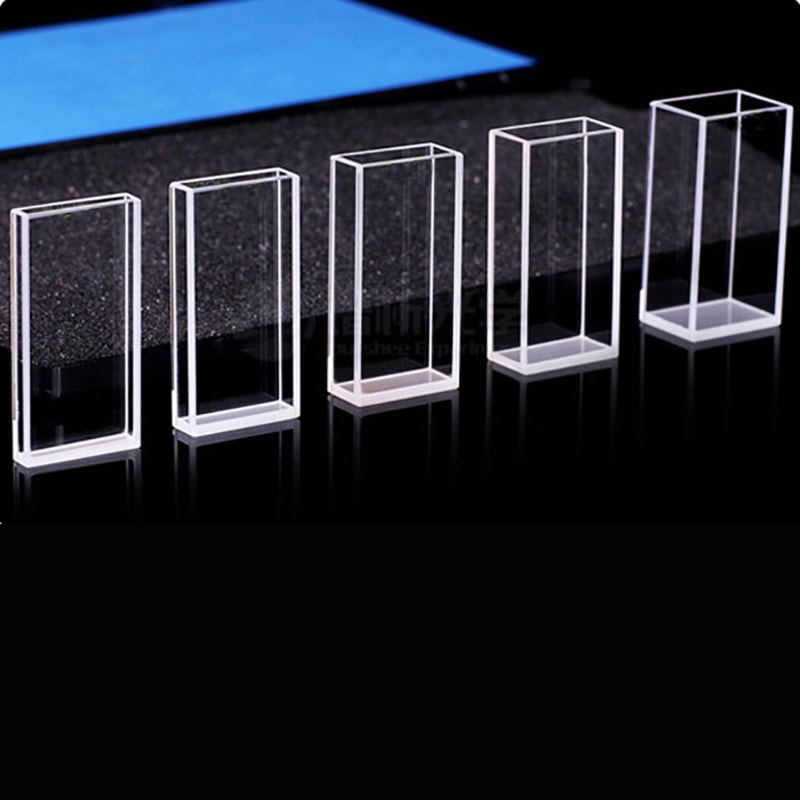The Role of Cuvette Size in Ensuring Appropriate Scientific Analysis
The Role of Cuvette Size in Ensuring Appropriate Scientific Analysis
Blog Article

The Advantages of Cuvettes and Quartz Vials in Medical Study
In medical research, the precision and reliability of proportions are paramount, particularly in fields like spectroscopy, compound evaluation, and biology. One important component that ensures detail in these studies may be the cuvette, particularly cuvet. Knowledge the benefits of cuvettes and the advantages of using quartz vials may significantly affect the results of experiments and lab work.
Accuracy in Spectroscopy
Cuvettes are essential for keeping fluid products in various diagnostic devices, most notably spectrophotometers. These units assess the absorbance or transmission of gentle through an example, and the cuvette acts as the package for the trial throughout analysis. The size and product of the cuvette play an essential role in ensuring the precision of the measurements. Quartz vials, specifically, offer outstanding optical understanding, allowing for accurate gentle sign across a wide selection of wavelengths, including uv (UV) light. This makes quartz vials a great choice for spectroscopic experiments, where detail is critical.
Durability and Compound Opposition
Quartz vials stick out for his or her longevity and opposition to severe chemicals. Unlike plastic cuvettes, quartz vials are less inclined to weaken or respond with chemicals in the trial, ensuring that the outcomes of the experiment stay unaffected by potential contamination. That quality makes quartz vials particularly useful in settings wherever intense solvents or high temperatures are involved. Their capability to withstand extreme conditions without compromising the integrity of the taste is among the main causes they are favored in many lab applications.
Precision in Size and Shape
The size of a cuvette is not just a one-size-fits-all situation. The aspect of the cuvette, such as for example its course period, impacts the quantity of the trial and the total amount of light that goes through. Picking the right cuvette measurement for the precise try guarantees that the answers are perhaps not skewed as a result of under or over-concentration of the sample. Quartz vials can be found in a variety of styles and patterns, allowing analysts to select probably the most appropriate alternative based on the demands of these experiment. That flexibility plays a part in more correct knowledge and makes for greater control around experimental conditions.
Transparency and Gentle Indication
Quartz is known for its exemplary openness, especially in the uv (UV) and apparent light spectra. This makes quartz vials suitable for used in devices that need apparent optical routes, such as UV-Vis spectrophotometers. The remarkable gentle indication qualities of quartz make certain that the gentle passes through the sample with little scattering or assimilation, leading to more exact readings. For studies that demand large detail, quartz vials offer a definite advantage over other materials.
Long-Term Stability
When working in research laboratories, it is essential to own trusted tools that maintain their reliability over time. Quartz vials aren't just chemically resilient but additionally extremely durable, indicating they're less likely to experience use and tear. This long-term reliability guarantees that scientists may use quartz vials for extended times without fretting about deterioration or the requirement for regular alternatives, adding to cost-effectiveness in the long run.
To conclude, equally cuvettes and quartz vials provide a range of advantages that improve the product quality and precision of lab experiments. From their superior visual clarity to their chemical resistance and longevity, these tools are indispensable in clinical research. By selecting the best cuvette size and using quartz vials, researchers may ensure accurate sizes and obtain more trusted effects inside their studies. Report this page